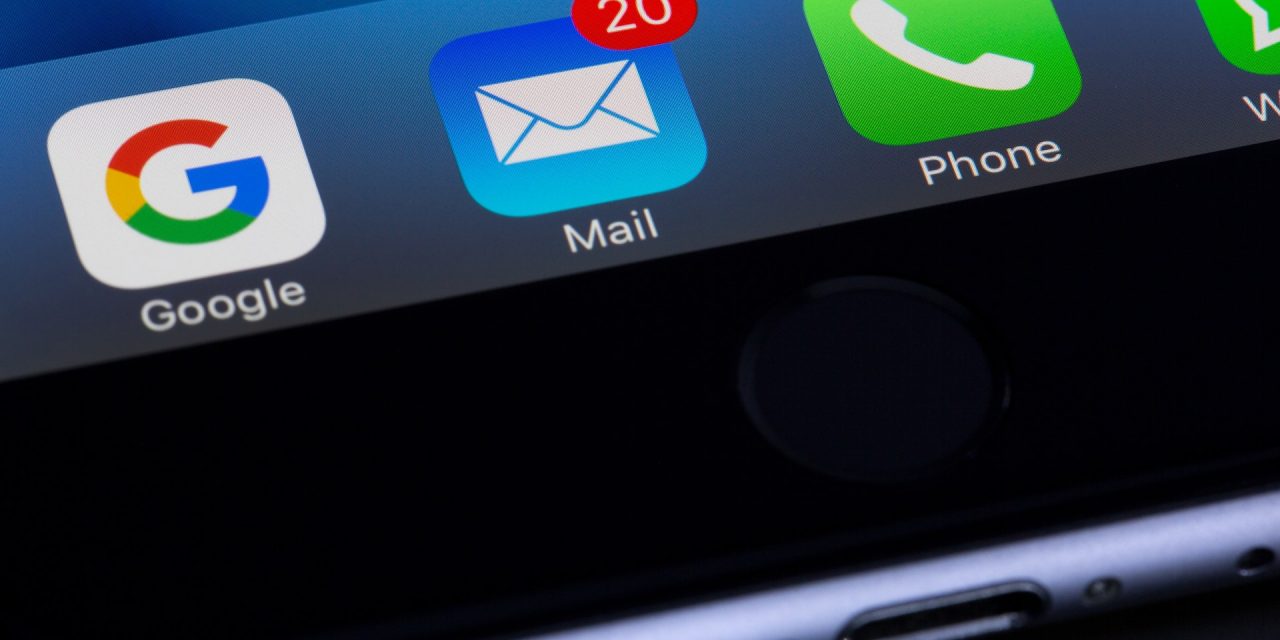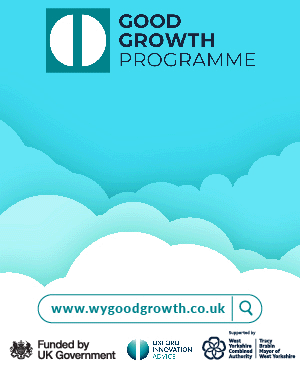Local IT consultant Fusion IT continues its sponsored editorial column on Huddersfield Hub. In this edition, Support Business Development Manager RICHARD PAYNE, discusses the importance and potential of effective emails and email signatures, including tips for best practice.
We recently deepened our partnership with email signature specialists Exclaimer in a bid to enhance the use of email for our clients, but why?
Whilst email has been around for decades and its demise predicted every year, recent research shows that its usage has grown significantly from an estimated 306 billion emails sent and received worldwide every day throughout 2020, to an estimated 380 billion by 2025!
And it’s not just about email growth volume.
Research shows email usage has been rejuvenated by two factors in particular – the shift to remote working in every industry and the significant behavioural changes in the way it is used, namely:
- Whilst video conferencing tools and instant messaging has filled the void of coffee chats and informal chats between remote colleagues, email continues to remain the professional channel of choice.
- Most businesses have used email to conveniently communicate with customers and keep employees in the loop. For example, retailers have relied on email for everything from product launches through to returns processing and lawyers have used email for carrying essential digitally signed documents and contracts.
- Corporate email (not Junk) between known individuals (you and your clients) is considered to have higher levels of trust than promotion-specific emails. Senders are taking advantage of these increased levels of trust to get their ‘message’ across ‘under the radar’.
- Customers require on average between 6 to 8 ‘touchpoints’ for a message to be comprehended and gain response. Email is a low-cost, repeatable, and simple deployment mechanism subtly increasing your brand exposure and providing free advertising on a regular basis.
- Email provides a convenient and ongoing method for collecting customer feedback rather than relying on expensive one-shot surveys with data that’s out of date soon after collection.
So how do we harness email to take advantage of the above trends and get more out of Sent Items?
Well, it’s all to do with email signatures applied to your ‘Sent Items’.
Email signatures have come a long way since the days of text-based legal disclaimers. Logos, display banners, social media links are now commonplace; with email signatures now being considered an important marketing ‘touchpoint’ in today’s 24/7 business world.
These signatures are placed on all manner of corporate emails to not only provide contact details, but also to deliver another avenue to promote a company’s brand and corporate offering.
So, what goes into a modern-day email signature?
The best email signature templates consist of a set of key components. These then all work together to offer businesses of any size multiple marketing and feedback opportunities.
- Contact Details
The basis of any email signature is the contact details. These will often include your full name, job title, phone number, email address, and company URL. You can then really make your signatures come alive by adding a user photo. This really helps to add a human touch to what can be quite an impersonal channel.
- Brand/Logo
Moving beyond the contact details involves ensuring your email signature conforms to your brand guidelines. It’s important to remember that image plays a large part in any organisation’s reputation. Customers want to deal with brands they perceive to be of a high quality. Most companies spend a long time developing their brand and taking it to market. Email signatures reflect that brand, when done correctly of course, just as much as any other branded materials.
Your email signature can then build and promote your organisation’s brand awareness, particularly using your corporate logo. This should include a direct link to your website so that prospects can learn more about what you offer.
- Calendar Booking
You can also add dedicated calendar links to your signature to invite recipients to schedule meetings and demos with you. All recipients need to do is click on the scheduling link and then choose a time that works best for them. This then avoids lengthy email conversations and makes the process of scheduling your time much easier.
- Promotional Banners
The middle section of your email signature is the perfect location to display a graphical banner. This can be used for showcasing new content such as a white paper, highlighting special offers, testimonials, and so on. Even better, the clicks are all free, unlike other digital advertising channels. To track how banners are performing, you can add tracking code or UTM parameters to the URL. This helps you better understand customer engagement and conversions via an analytics platform.
You can then quantify your contacts’ interest with your signature content and how likely they are to convert to the individual level.
- Email Disclaimer
Even though they are a throwback from the early days of email, disclaimers are still a matter of lawful and safe operation for many organisations. The specific content of any disclaimer text will vary according to where your emails are going and when. Sections of each disclaimer may require a level of personalisation such as the actual sender’s name to fully comply with certain rules.
- 1-Click Feedback Buttons
Finally, you can turn the email signature from not just a marketing channel but a great platform for feedback too. You can gain valuable customer insight by adding simple 1-click feedback buttons. Each button is assigned a link to measure the level of customer satisfaction, i.e., excellent, good, average, and bad.
These buttons are represented as universal icons like smileys or stars so that they can easily be understood by anyone. The advent of Amazon and Uber ratings means that customers increasingly expect to encounter feedback opportunities like this in their interactions with you. Your email signatures provide the perfect avenue to do so.
Once you offer feedback options via your email signature, your business gets a regular backdrop of customer feedback in small enough increments that you can act on as soon as it arrives. You get a regular heartbeat of customer feedback with every email sent. You gain a continuous early warning system that pinpoints dissatisfied customers so you can prevent client loss.
- Company Awards and Certifications
Corporate certifications in email signatures often provide value, but they need to be managed and leveraged correctly. Putting individual achievements on email provides employees the opportunity to make a strong statement about their expertise as well as provide them with a positive morale boost. The same is also true if you win an industry award. It tells recipients that you are the best at what you do and that your industry has recognised you for it.
- Social Media
If you add in some social media icons as well, you’re providing a great channel to get loads of new followers for free and improve the reach of your marketing campaigns. Social media links also offer your recipients another avenue to continue their business relationship with you outside of traditional communication channels.
And so, in true Blue Peter fashion, here’s one I made earlier!

However, the only way to completely control all elements of an email signature is through a dedicated third-party solution. Without central control, inconsistencies can creep in, decreasing their effectiveness dramatically.
That’s where Fusion IT Management come in, offering an email signature design and deployment service to help you get the most out of your email with complete consistency across all sending devices, whether they be desktop, laptop, tablet or smartphone.
Interested? Please call us on 0333 241 4123 or email info@fusionmanageit.co.uk for professional, impartial advice.





















